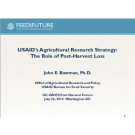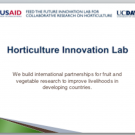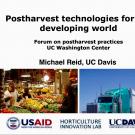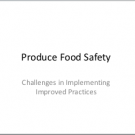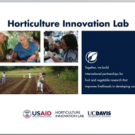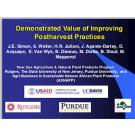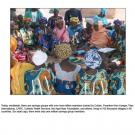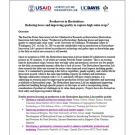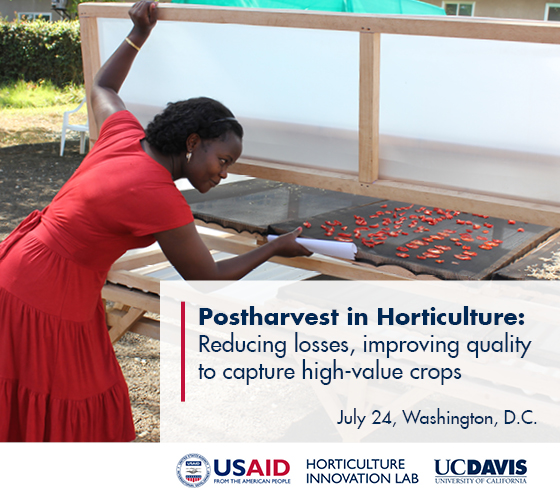 When: July 24, 2014
When: July 24, 2014
Where: UC Washington Center in Washington, D.C. (USA)
The Horticulture Innovation Lab held a briefing about improving postharvest practices for horticultural crops, July 24, 2014 at the UC Washington Center in Washington, D.C.
The event brought together experts on new postharvest technologies, challenges and opportunities in improving postharvest practices, methods for scaling, and an overview of efforts to reduce postharvest losses and improve food safety in developing countries.
The event shared findings and lessons learned from the Horticulture Innovation Lab’s first five years of work. The Horticulture Innovation Lab viewed this event as a chance to share critiques and exchange questions that could shape future research in postharvest practices.
Projects featured at the event
While many of the Horticulture Innovation Lab's research projects focus on improving postharvest practices and food safety, here are some of the research projects specifically highlighted at this event:
- Delivering food safety education through social networks in Guatemala, Honduras, Nicaragua
Jeffrey LeJeune of The Ohio State University leads this project. - Improving postharvest practices with local market support in Zambia
Jim Simon of Rutgers, The State University of New Jersey, leads this project. - Creating a market niche for 'food-safe' vegetables in Cambodia and Vietnam
David Miller of UC Davis leads one aspect of this project on "Safe Vegetable Production," specifically focusing on savings groups for farmers that may allow them to select and purchase new agricultural technologies.
Technologies featured at the event
The event includes information on select postharvest technologies that have been tested, adapted and promoted by Horticulture Innovation Lab partners in various settings. Here are basic fact sheets (PDFs) about some of those technologies:
- CoolBot provides inexpensive, effective cooling
- Chimney solar dryer design adds value to crop surplus
- Zeolite-based drying beads save high quality seeds
Find out more about these and other technologies tested, adapted orpromoted by the Horticulture Innovation Lab.

